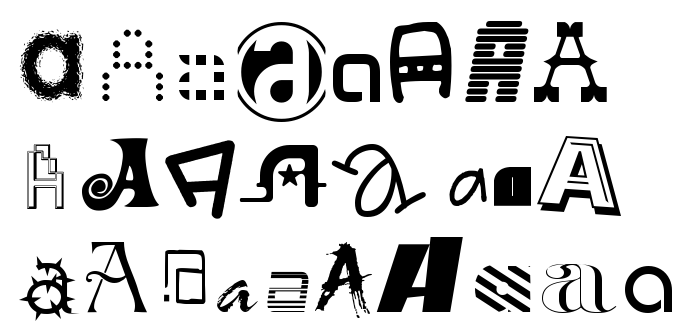02. Installing TensorFlow

Throughout this lesson, you'll apply your knowledge of neural networks on real datasets using TensorFlow (link for China), an open source Deep Learning library created by Google.
You’ll use TensorFlow to classify images from the notMNIST dataset - a dataset of images of English letters from A to J. You can see a few example images below.

Your goal is to automatically detect the letter based on the image in the dataset. You’ll be working on your own computer for this lab, so, first things first, install TensorFlow!
Install
As usual, we'll be using Conda to install TensorFlow. You might already have a TensorFlow environment, but check to make sure you have all the necessary packages.
OS X or Linux
Run the following commands to setup your environment:
conda create -n tensorflow python=3.5
source activate tensorflow
conda install pandas matplotlib jupyter notebook scipy scikit-learn
pip install tensorflowWindows
And installing on Windows. In your console or Anaconda shell,
conda create -n tensorflow python=3.5
activate tensorflow
conda install pandas matplotlib jupyter notebook scipy scikit-learn
pip install tensorflowHello, world!
Try running the following code in your Python console to make sure you have TensorFlow properly installed. The console will print "Hello, world!" if TensorFlow is installed. Don’t worry about understanding what it does. You’ll learn about it in the next section.
import tensorflow as tf
# Create TensorFlow object called tensor
hello_constant = tf.constant('Hello World!')
with tf.Session() as sess:
# Run the tf.constant operation in the session
output = sess.run(hello_constant)
print(output)